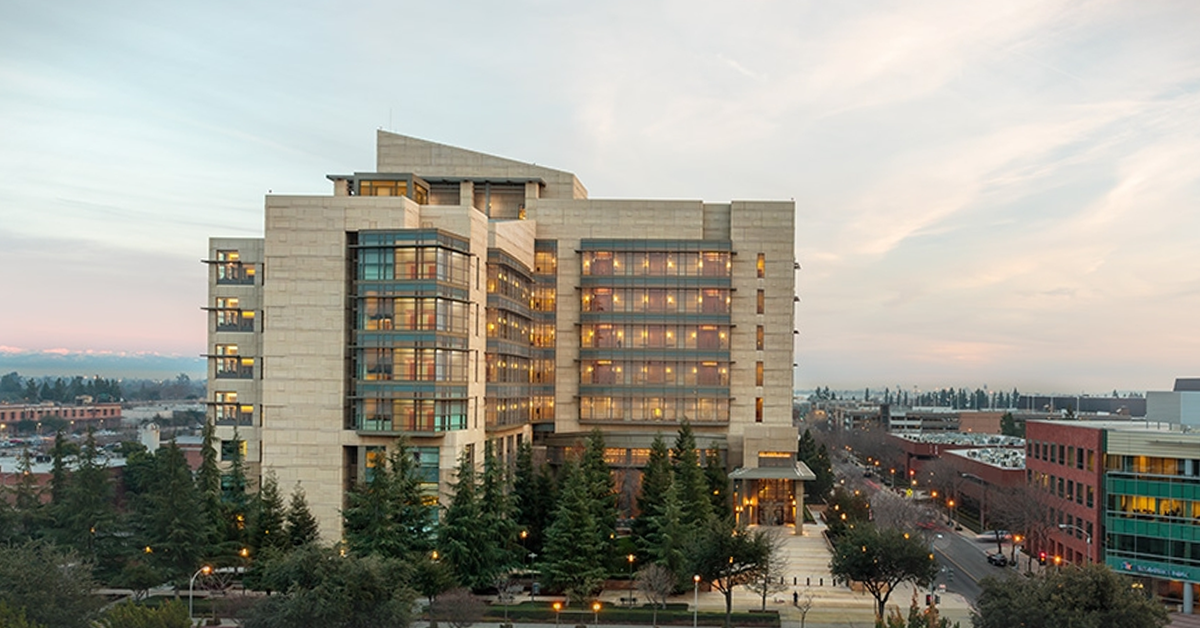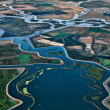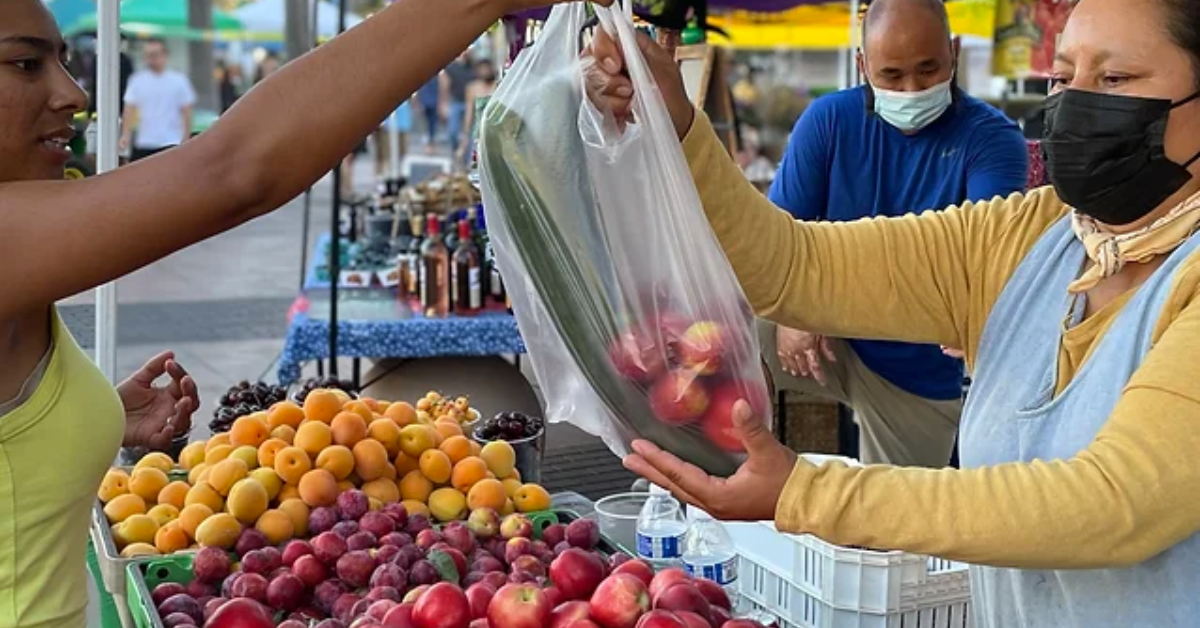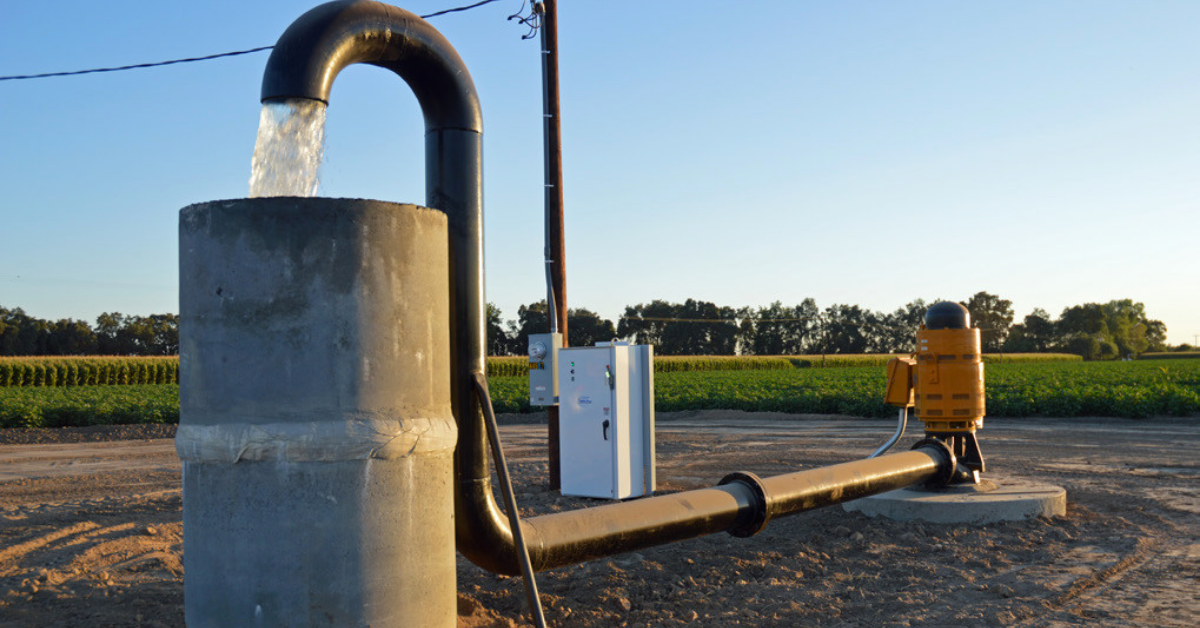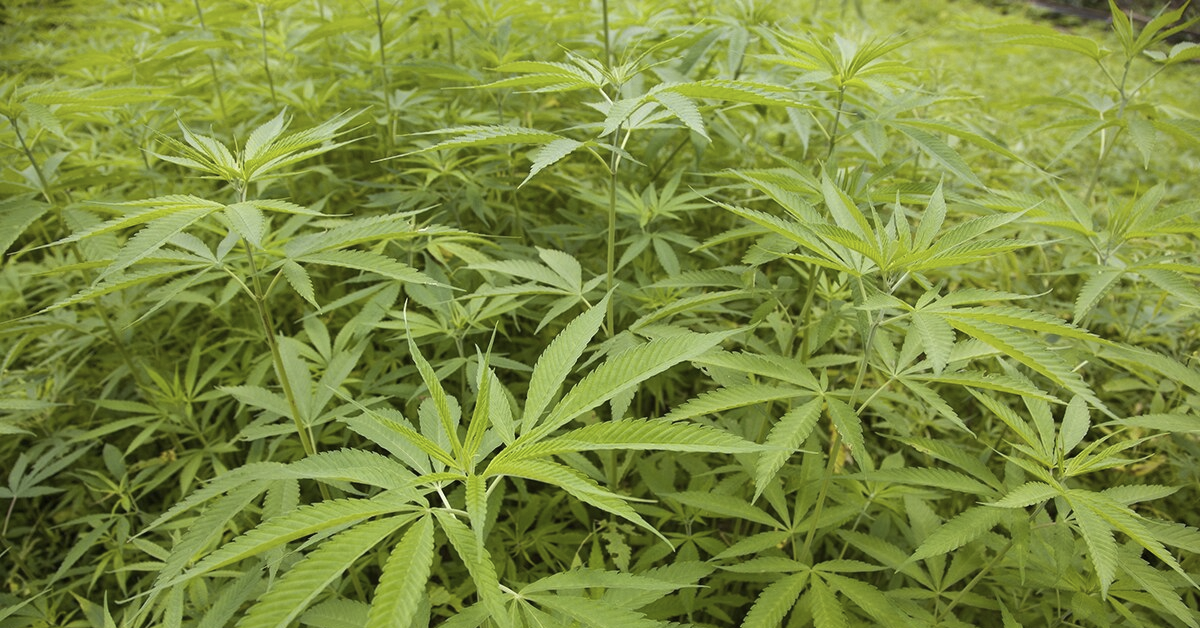On April 24, the United States Bureau of Reclamation updated water allocations to Central Valley Project (CVP) water users.
South of Delta (SOD) agricultural contractors received an increase of 5 percent, now sitting at a 40 percent allocation of their water to irrigate crops this season. Despite that, political and bureaucratic tyranny and ignorance stands at 100 percent as does media misinformation.
There’s nothing new about the latter but one thing is for certain: pending Biological Opinions and Voluntary Agreement should remain pending until something makes a lot more sense than these allocations given current snowpack percentages and reservoir levels.
One of Shasta Reservoirs main functions and reasons for being built was to hold water for CVP irrigation. Today, it is full.
Water will be moved, pumped, and stored in the San Luis Reservoir for farms, cities, and for environmental uses. There is a big difference between the two reservoirs.
One is filled by melting snow and has a large rain shadow collecting precipitation. The other is filled by water managers.
Until it starts snowing around the City of Los Banos, this will be the case.
San Luis Reservoir was built to facilitate transferring water from where it falls in the form of snow and abundant rainfall in the north and store for people and farms where there is no snow and much less precipitation in the central and southern portions of California.
It’s a fairly simple concept, though it is surprising how many times over the years both the media and environmental groups would have us believe the levels in the San Luis Reservoir depend on actual runoff.
(And for anyone who does not know: the water in San Luis Reservoir has already passed the pumps everyone has heard and read about for four decades.)
With Shasta and the CVP portion of the San Luis Reservoir storage being full while agricultural contractors South of the Delta reach a 40 percent allocation at the end of April, one likely assumes we would see massive amounts of water flow to the ocean.
Well, you don’t have to assume: we are already seeing massive flows to the ocean.
In fact, for the 24-hour period of this writing of April 26, about 80,000-acre feet will enter the Delta and of that, about 4,800-acre feet will be stored for human consumption.
As Westlands Water District’s April 24 press statement explained, SOD agricultural contractors received a 50 percent allocation in 2018 with less Delta Outflow and less snowpack.
The reasons given by the Bureau of Reclamation for only a 5 percent increase were “Hydrologic conditions have improved” and reasons it wasn’t more than 5 percent were “continued uncertainty in long-term hydrology and regulatory constraints.”
It’s also important to note that “improvement in hydrologic conditions” in this case refers to a major reservoir and cornerstone of the CVP being absolutely full. I will assume that “long-term hydrology” merely refers to forecasts for the remainder of the current water year.
Taxpayers have historically and continue to spend what likely amount to billions of dollars in weather forecasting while we know two things: It is May and the water year ends September 30. It is safe to say we didn’t need billions of dollars to forecast weather in California from May through September.
And referring to regulatory constraints only refers to the transfer of water from Shasta through the Delta. Regulatory constraints in this instance in large part means Biological Opinions on Salmon and Smelt.
For the most part, these constraints do not affect the water in San Luis Reservoir.
This water has already passed the Delta Pumps and actually survived the regulatory constraints without becoming unusable saltwater.
The same pumps that have recently been referred to in the slaughter of Steelhead, Salmon, and Smelt. You have probably heard or seen the numbers of fish supposedly, possibly, and likely killed and sucked up by these pumps. I would refer you to a great article written by Paul S. Welland that shatters a number of preconceived notions about the fish. Many of these fish are caught and moved. You pay for that, too.
As I mentioned, the CVP storage in the San Luis Reservoir is full.
Water in the San Luis Reservoir should have the ability to be drawn down as much as possible every single year for farm irrigation and municipal use.
With this amount of water added to a full Shasta Reservoir, there is absolutely no reason SOD agricultural contractors should be sitting at a 40 percent allocation at the end of April.
One would have to assume the goal here is to trickle water to SOD farms and towns between now and September and keep a little back in the fall so that water managers can celebrate their abilities in sustainability to the rest of us. We all know it’s an election year, but this is not their call.
The water present this year should not be subject to what happens next year or beyond when referring to hydrology or politics.
Once again, farms and towns of the Central Valley stand last in line for handouts of the political majority.


